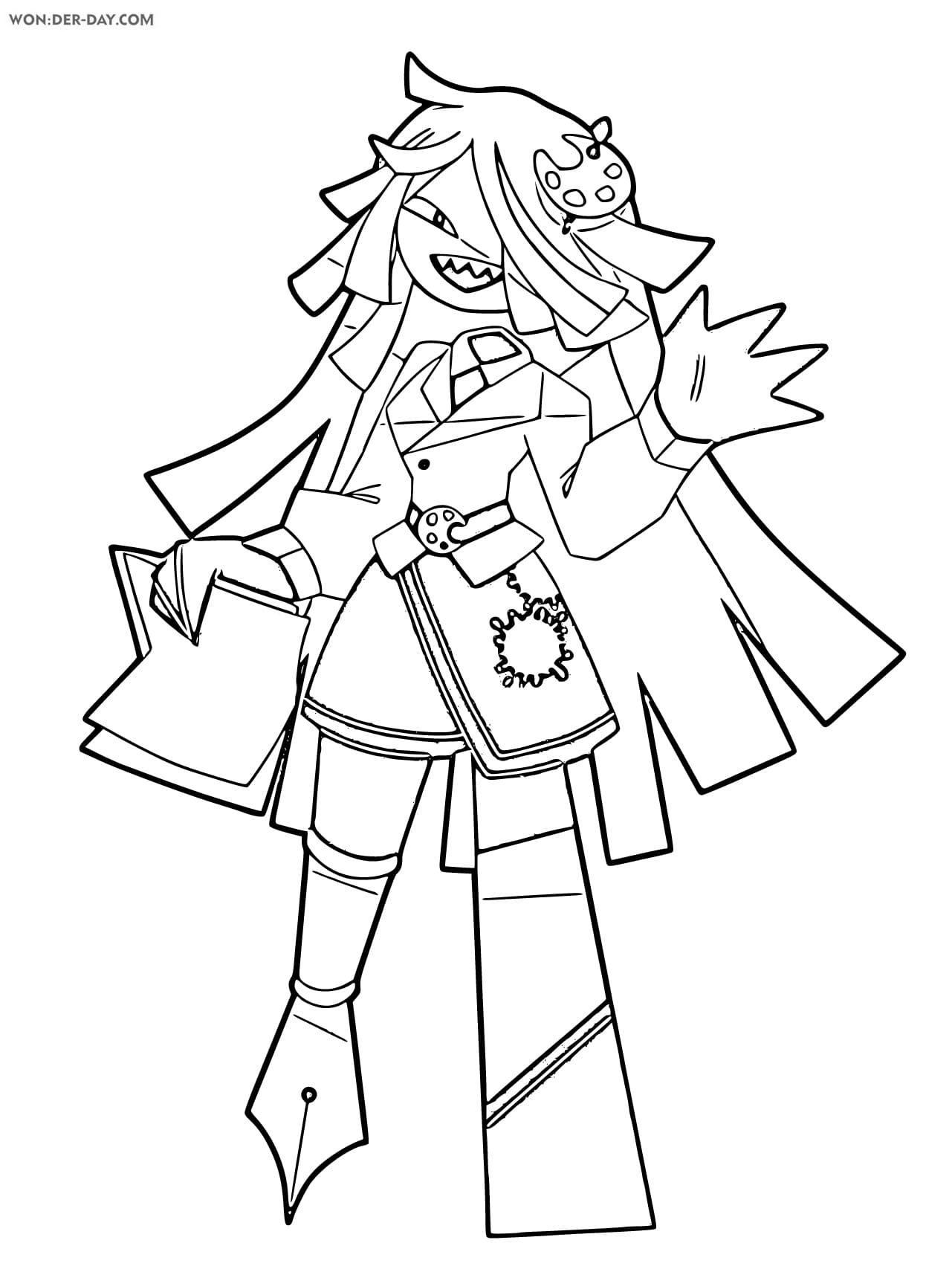Food coloring is a common ingredient found in many processed foods, from candies to cereals. While it adds vibrant colors to our favorite treats, there has been ongoing debate about its effects on children’s behavior. Some studies suggest that certain food dyes may contribute to hyperactivity and other behavioral issues in children.
Parents and caregivers are increasingly concerned about the potential impact of food coloring on their children’s behavior. Understanding the relationship between the two is important for making informed choices about the foods we give to our kids.
Food Coloring and Children’s Behavior
Research has shown that artificial food coloring, especially certain synthetic dyes like Red 40 and Yellow 5, may be linked to hyperactivity and attention issues in children. These dyes are commonly found in candies, sodas, and other sugary snacks that are popular among kids. When consumed in large quantities, these additives can affect a child’s mood and behavior.
Some children are more sensitive to food dyes than others, and may exhibit stronger reactions after consuming products containing artificial colors. Symptoms of food dye sensitivity can include irritability, restlessness, and difficulty concentrating. In some cases, these behaviors may be mistaken for other conditions like ADHD.
While more research is needed to fully understand the impact of food coloring on children’s behavior, many parents choose to limit their child’s intake of artificial dyes as a precaution. Opting for natural food coloring alternatives, such as beet juice or turmeric, can help reduce the risk of negative effects on behavior while still allowing kids to enjoy colorful treats.
Educating children about the importance of making healthy food choices can also help them develop good eating habits early on. Encouraging them to choose whole foods and snacks that are free of artificial additives can support their overall well-being and potentially improve their behavior.
In conclusion, the relationship between food coloring and children’s behavior is a complex issue that requires further investigation. While some studies suggest a link between artificial dyes and hyperactivity in kids, more research is needed to confirm these findings. In the meantime, parents can take steps to limit their child’s exposure to artificial food coloring and promote a balanced diet for optimal health and behavior.
